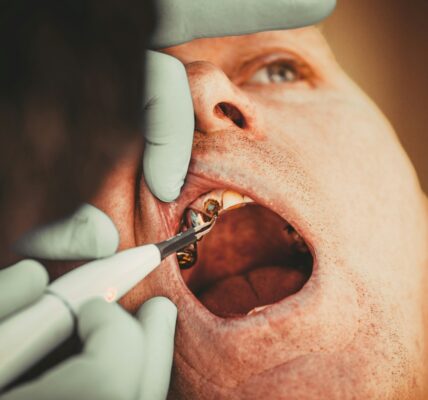Wisdom teeth extraction is a common dental procedure that many people undergo, usually in their late teens or early twenties. These third molars often cause problems such as pain, infection, or crowding, prompting dentists to recommend their removal. If you’re preparing for wisdom teeth extraction, knowing what to expect can ease anxiety and help you feel more in control. Here’s a step-by-step guide to walk you through the process.
Step 1: Initial Consultation
The process begins with a consultation with your dentist or oral surgeon. During this visit, your provider will examine your mouth and take X-rays to assess the position of your wisdom teeth and determine whether they are impacted. This is also a good time to ask questions and discuss your medical history, current medications, and any concerns you may have.
Step 2: Preparing for Surgery
Your dentist will give you pre-operative instructions, which may include fasting for several hours before the procedure, especially if sedation will be used. Make arrangements for a friend or family member to drive you home afterward, as you may be groggy from anesthesia.
Step 3: Anesthesia Options
On the day of the surgery, you’ll be given anesthesia to ensure a comfortable experience. Depending on the complexity of the extraction and your personal preferences, this may range from local anesthesia (numbing only the area) to IV sedation or general anesthesia. Your dentist will discuss the best option for you in advance.
Step 4: The Extraction Procedure
Once the anesthesia takes effect, the oral surgeon will make an incision in the gum tissue to expose the tooth and bone. If the tooth is impacted, it may be divided into smaller pieces for easier removal. After the tooth is extracted, the area is cleaned, and stitches may be placed to promote healing. The entire procedure typically takes 45 minutes to an hour.
Step 5: Recovery and Aftercare
After the extraction, you’ll rest in a recovery area until the anesthesia wears off. You’ll be sent home with aftercare instructions, including how to manage swelling, bleeding, and discomfort. Applying an ice pack, taking prescribed pain medications, and eating soft foods can help speed up recovery. It’s important to avoid strenuous activity and not use straws for a few days to prevent dry socket.
Conclusion
Wisdom teeth extraction is a routine procedure with a high success rate. By understanding each step of the process and following post-operative care guidelines, you can recover smoothly and comfortably. If you’re experiencing discomfort from your wisdom teeth, speak to your dentist about whether extraction is right for you.




